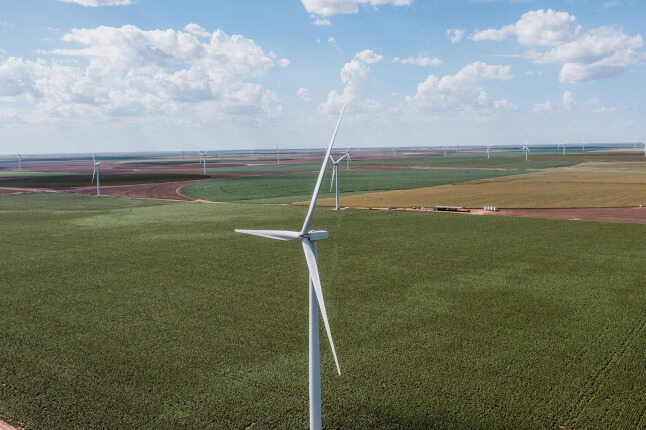News
NSF's Gulfstream V aircraft, or HIAPER, in Anchorage, Alaska, during a HIPPO mission. (Credit: UCAR, Carlye Calvin.)
A three-year series of research flights from the Arctic to the Antarctic has successfully produced an unprecedented portrait of greenhouse gases and particles in the atmosphere.
The far-reaching field project, known as HIPPO, ends this week, and has enabled researchers to generate the first detailed mapping of the global distribution of gases and particles that affect Earth's climate.
HIPPO, which stands for HIAPER Pole-to-Pole Observations, has brought together scientists from organizations across the nation, including the National Center for Atmospheric Research (NCAR), Harvard University, the National Oceanic and Atmospheric Administration (NOAA), Scripps Institution of Oceanography, the University of Miami and Princeton University.
The National Science Foundation (NSF), which is NCAR's sponsor, and NOAA are funding the project.
"With HIPPO, we now have views of whole slices of the atmosphere," says Steven Wofsy, HIPPO principal investigator and atmospheric scientist at Harvard University. "We've been quite surprised by the abundance of certain atmospheric components and the locations where they are most common."
The flights have helped scientists compile extraordinary detail about the atmosphere.
Topics: Environment, Climate
Cutting-edge science delivered direct to your inbox.
Join the Harvard SEAS mailing list.
Scientist Profiles
Steven C. Wofsy
Abbott Lawrence Rotch Professor of Atmospheric and Environmental Science




